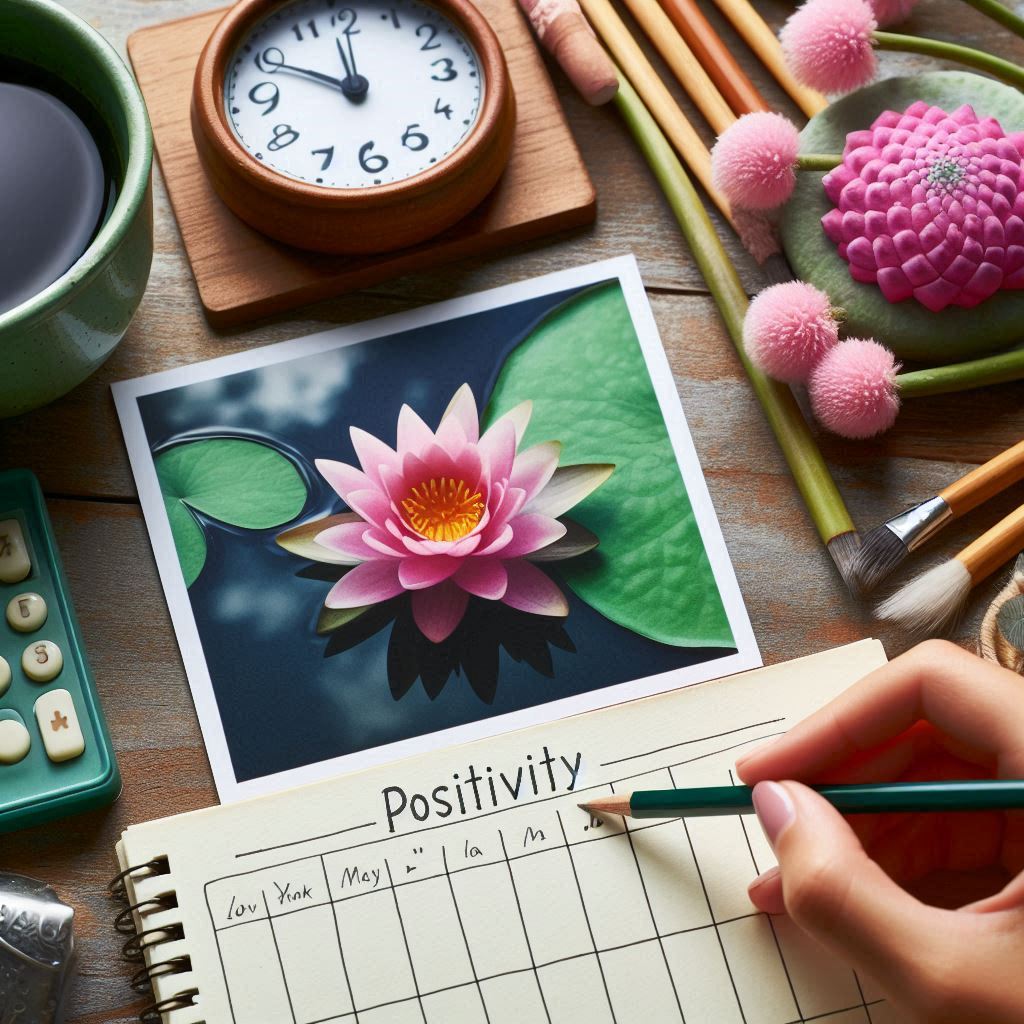How to Practice Child's Pose (Balasana)
- Start in a Kneeling Position: Begin by kneeling on your mat with your knees hip-width apart or together, depending on your comfort. Your big toes should be touching.
- Sit Back: Exhale as you sit your hips back toward your heels. Keep your spine long as you begin to fold forward.
- Fold Forward: Lower your torso between or on top of your thighs, depending on your flexibility and comfort. Rest your forehead gently on the mat.
-
Extend Your Arms: You can either:
- Extend your arms forward with palms resting on the floor (Extended Child's Pose)
- Rest your arms alongside your body with palms facing up (Traditional Child's Pose)
- Make soft fists and rest the backs of your hands on the mat beside your feet (Supported variation)
- Relax and Breathe: Allow your body to relax completely, letting your chest and shoulders soften toward the floor. Breathe deeply, feeling the gentle expansion of your back with each inhalation.
- Hold the Pose: Remain in this position for 30 seconds to several minutes, focusing on your breath and the sensation of release throughout your body.
- Release: To come out of the pose, place your palms under your shoulders and slowly raise your upper body on an inhalation, returning to a seated position.

